Rajneesh De, Consulting Editor, APAC News Network
As a passenger you are walking into a busy Indira Gandhi International Airport in Delhi. You are already late, but today you are immediately identified by smart systems that automatically checks-in you into your flight. Not just that, the system also lets you walk past security and immigration checks and subsequently allows you to board the flight without having to present any travel document like passport, visa or even boarding pass. No we are not getting into the realms of sci-fi, but into the sphere of technology in airport check ins.
With evolution in technology, this experience is no longer a distant dream for any passenger to the airport. Technology systems that leverage travellers’ biometrics information can be a game-changer in the entire airport check-in process. Some would already point the usage of the Digiyatra system now being used in a handful of Indian airports.
However, Digiyatra is currently going through its teething problems and going mainstream is still quite a long way distant. The operative word here is ‘handful’—till now only a few airports have adopted this system and that too in a hybrid mode. Moreover connectivity bottlenecks are often hampering the Digiyatra operations and not giving passengers a smooth and seamless experience. In addition, not all operators are yet to be properly trained to handle the operational intricacies.
Banking on biometrics
On the other hand, an overwhelming dependence on biometrics will definitely be a game changer once it crosses the initial connectivity bottlenecks. Validating identity is an essential capability at virtually every stage of travel and this tech can dictate every stage of the process. In the airport, the first place a traveler needs to establish identity is during check-in and the facial recognition prototype appropriately designed could actas a proof-of-concept for using a person’s face as a biometric identifier. The tested use-cases include those for kiosk check-in at an airport as well as for app login on on the phone.
Using facial recognition at an airport check-in kiosk can potentially save time that would otherwise be spent entering a record ID or destination information. Especially for passengers in a hurry, this would be a boon. At the same time it would go a long way in clearing airport congestion. Facial recognition can also be useful at other points in travel, such as when a passenger is boarding into a plane.
Advanced airport check-in systems are integrated with the government security systems to get real-time security clearance for travellers during the check-in process. This is done to ensure that only legitimate travellers enter the country or fugitives are not able to escape. The government determines if a traveller can enter or leave the country based on the profile along with the passport, visa and other details. With the advance in biometrics, each traveller can now be uniquely identified with their biometric information. These details can then subsequently act as a bona fide alias to travel documents including boarding pass, passport and visa.
With world air travel expected to double in the next two decades, the travel industry has been quick to adopt this wave of biometrics to reduce the congestion at the airport. IATA has introduced IATA’s One ID, under which travellers will no longer need to present travel documents multiple times at every single point in their journey. With a one-time identification, travellers can be easily recognized across all the journey touchpoints.
Change is the only constant and innovation fuels this constant, especially for air travellers. There have been trends in the industry to print multiple flight segment details in a single boarding pass. While traditional boarding passes have added pictures and colours, now boarding passes on the mobile devices are also mainstream.
Future Adoption pattern
When the systems are mature and adoption of new technology for biometrics is supported by governmen, then data security, mutual trust and transparency between partner systems on the adoption to paper-less boarding pass will be fast. In more advanced economies after the innovators and early adaptors start using biometrics for seamless travel, the catch-up majority would be expected to adopt this trend in less than couple of years.
Data protection has a crucial role in the success of biometric boarding. If unauthorized person get access to traveller’sbiometricdata,it would spell disaster as these data can be exploited to trick the system artificially. That could lead to unwarranted security breaches at the airports The accuracy level of biometicdevices at the airports must be therefore very high, else there will be severe security breaches. There could be resistance from the travellers to share their biometric details in the early days of this technology wave. There could be pressure on the IT spending to support the new technology as data privacy plays a major role but thesw could be looked as teething problems only.
There are already examples to emulate. Biometric boarding has already become a way of life in a few airports in the USA. In addition to facial recognition, there are already other biometric identifiers that are in use or under experimentation. These include fingerprints, voice patterns, iris patterns, gait, ear shape, among others. Future authentication systems are therefore likely to analyze multiple biometric factors and this could help further optimize security. Every individual person has a unique set of biometric identifiers which, taken together, are virtually impossible to spoof (at least outside sci-fi).
With more technology advances around IoT, wearable devices, biometric passports, biometrics will be accepted as the norm in many areas of life for identity management. This can be leveraged through check-in remotely at the airport. The next level to this would be compiling an integrated traveller’s social media feed along with biometrics to profile the travellers. New technology will indeed face some learning curve for the traveller to get comfortable to use in the absence of an airport ground personnel. Once these teething problems are sorted out, these technologies would make travel seamless for sure.















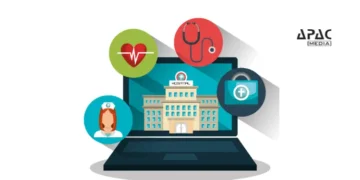


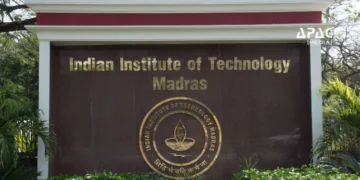
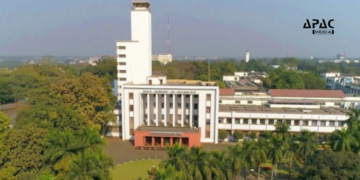



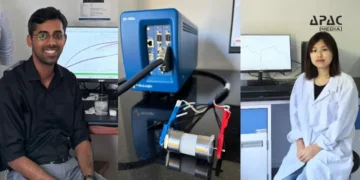



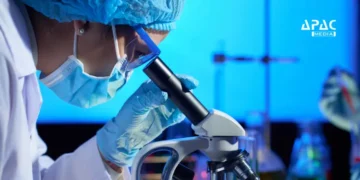








































Discussion about this post